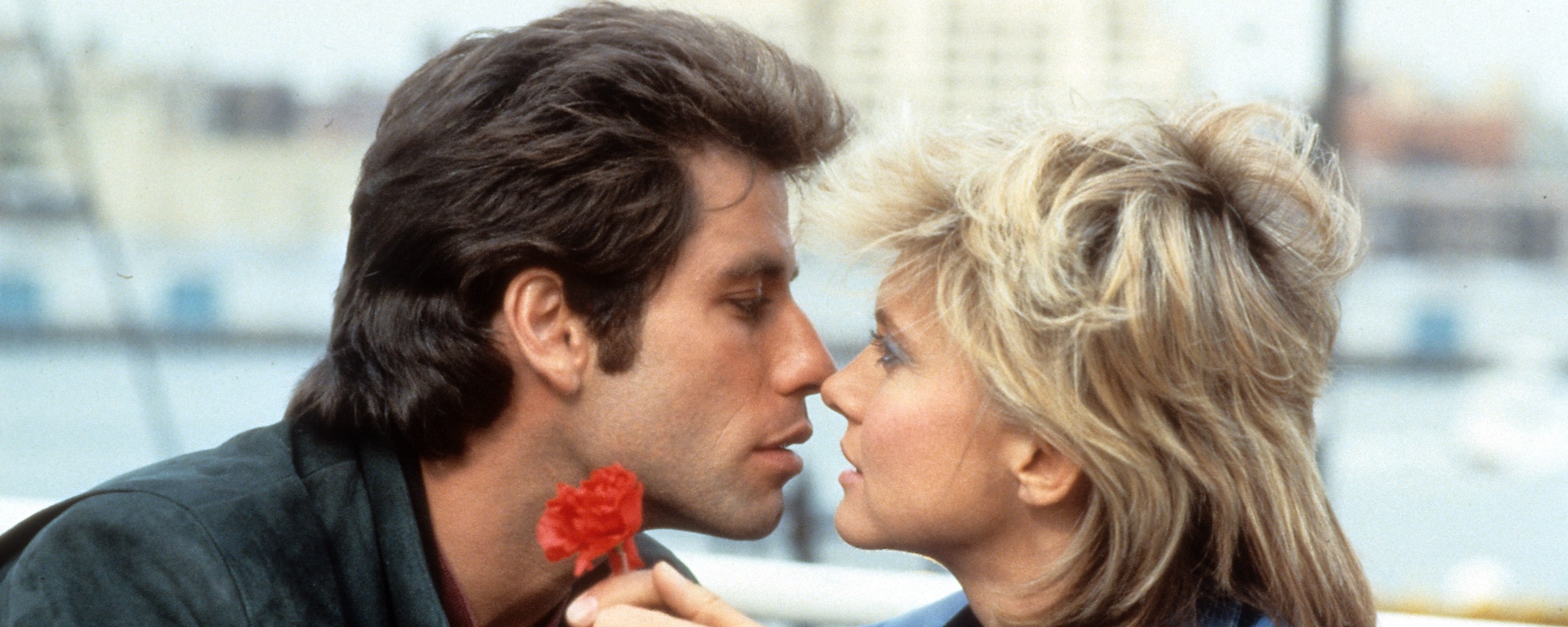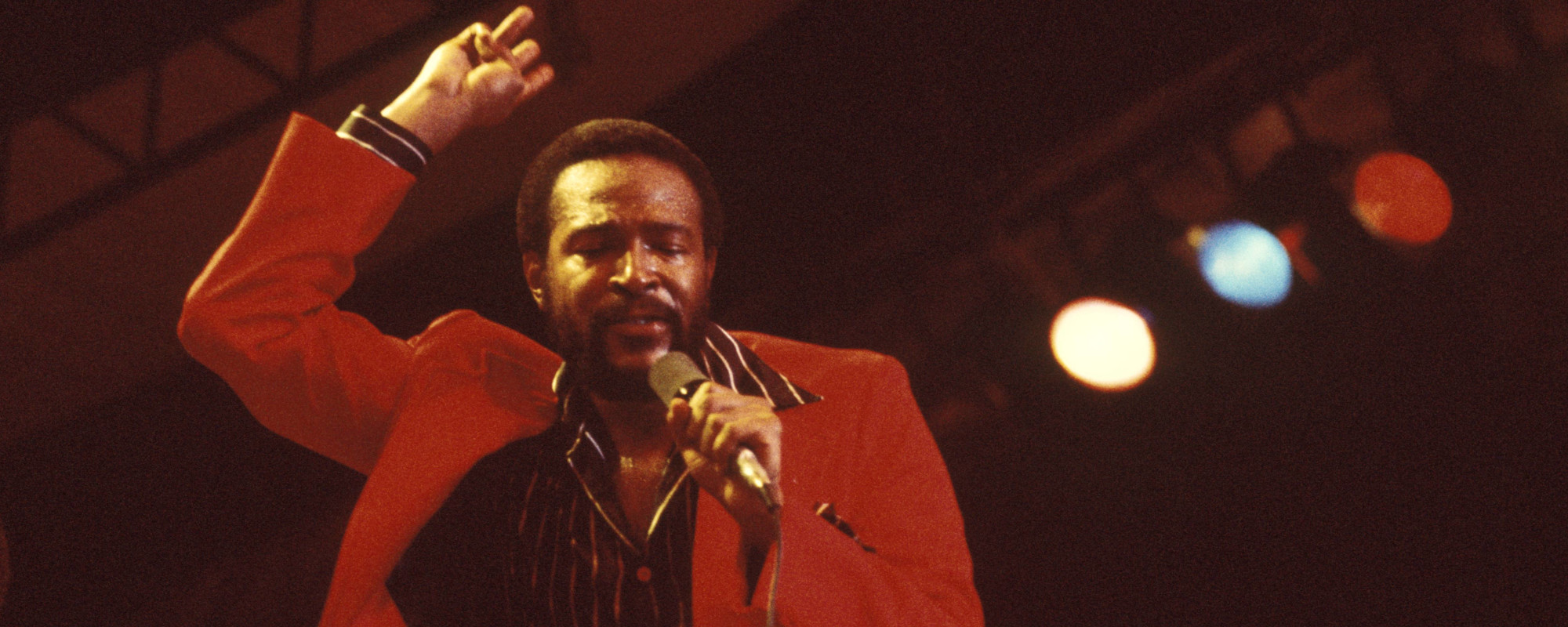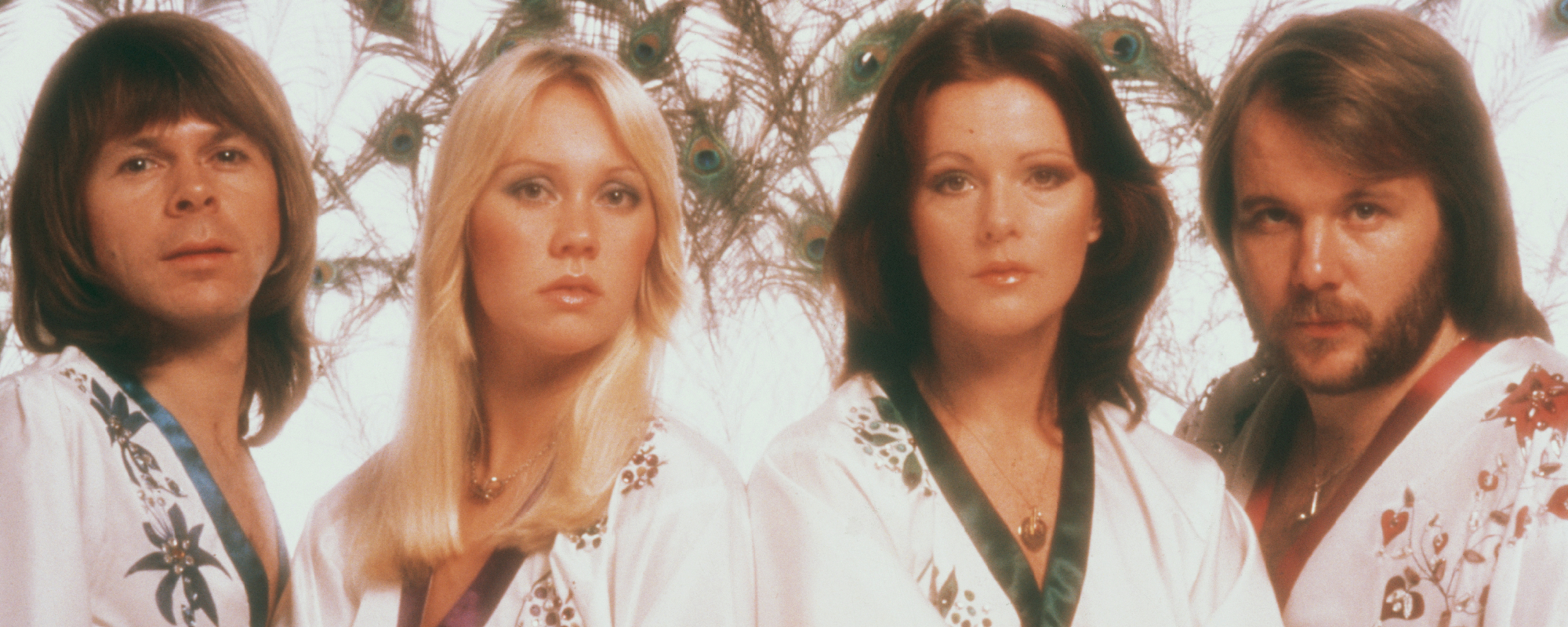In Breakfast at Tiffany’s, Holly Golightly, played by Audrey Hepburn, is feeling blue and gently sings “Moon River,” while strumming a guitar on her fire escape. The forlorn ballad of two drifters in love from the 1961 film, composed by Henry Mancini and written by Johnny Mercer, was also one of the first songs Ella Bleu Travolta learned to play when she first started strumming the ukulele between 2017 and 2018.
Seeking more assistance from YouTube tutorials, Travolta also learned how to play Edith Piaf’s 1947 classic “La Vie en Rose” on the ukulele. Another connection to the instrument was Travolta’s mother, actress Kelly Preston, who died after a long battle with breast cancer in 2020 at age 57 and was also part Hawaiian. “I grew up going to Hawaii and hearing those sounds a lot,” shares Travolta.
Travolta continued using the ukulele to write her own songs, six vignettes covering varying degrees of love for her debut EP, Colors of Love, and first shared them with her father John Travolta before fine-tuning them over the next four years.
“I played a few of them for my dad, and he told me ‘You should really finish those,” remembers Ella. “Those are amazing.’ He responded to them really well, and I felt more confident, so I completed a few of them and recorded them as demos.”
Featuring her 2022 debut single “Dizzy,” which appeared in the film Just Seconds Apart, and “No Thank You,” Colors of Love are reflections of Travolta’s life and experiences, Each song on Colors of Love also presents a different viewpoint on love, whether it’s unrequited something infatuating, fleeting, or the grief and healing after losing a loved one.
Videos by American Songwriter

“It’s that person that you can always sing about, that person that you love everything about you can, you can talk about them for hours,” shares Travolta of one spectrum of the songs like “Dizzy” and “No Thank You.” On the other end, “Don’t Say Forever” covers a betrayal of love, while “Let in Your Love” faces someone new, and “wondering if that person feels the same way,” says Travolta.
“As I was writing the songs, each one became more relevant throughout this journey, too,” she adds.
“Little Bird,” the final song written by Travolta, was a tribute to her mother. Co-written with Callum Maudsley, Travolta’s tender vocals warmly embrace a discussion between a baby bird and its mother— Little bird don’t you cry / Would you stay awhile before I fly / Close your eyes / Won’t you smile / Sing a lullaby it’ll be alright.
[‘Little Bird’] is about listening to yourself and staying true to that pure relationship that you had with that person that you lost,” says Travolta, adding that the song covers any relationship, and reconnecting to the memory and spirit of someone lost. “It’s about making sure that you have an almost direct communication and a pure line to that person, and know how you’re feeling, what you want to communicate to them.”
The song also explores some of the burdens of growing up in the public eye while grieving, singing, What is real / When everybody tells me / How to feel / What is mine / How do I speak / When every word is taken.
[RELATED: Ella Bleu Travolta Releases Tribute to Mother Kelly Preston, “Little Bird”]

“Growing up, you’re going to go through loss and growing up in the public, which I have since very young,” Travolta shares. The accompanying music video for “Little Bird” features home videos of Ella with her mother and father and other personal snapshots from her childhood.
“There’s definitely going to be more attention on it from a lot of people,” she adds. “Anyone going through a loss, you’re going to have other people’s input that can easily be added into it, or other people’s feelings, and it can cloud how you feel when you don’t really know how you feel, or not be as pure to your own feelings.”
The songs also follow a color spectrum, a rainbow of stories, each link to an individual color that’s more of a “feeling,” says Travolta. “Dizzy” is blue; “No Thank You” is orange; “Don’t Say Forever” is red; “Lost in Your World” is purple; “Little Bird” is a “light pink; and “Sing About You” flows in yellow. Travolta also links the color green to her remix of “Little Bird.”
“It’s all been an incredible learning experience, to really trust your instinct and fight for it,” shares Travolta of her EP and working with collaborators. “When working with other artists it’s important to make it a free space where everyone can think freely and to also step back and say ‘How do I see it, and how do I communicate that?’”
After her first go, writing is a slightly different experience for Travolta. “The main purpose is to get some of those thoughts and feelings out there,” says Travolta. “Then, maybe other people will relate to it, feel a little better, or feel more heard.”
Photos: Stefania Rosini













Leave a Reply
Only members can comment. Become a member. Already a member? Log in.